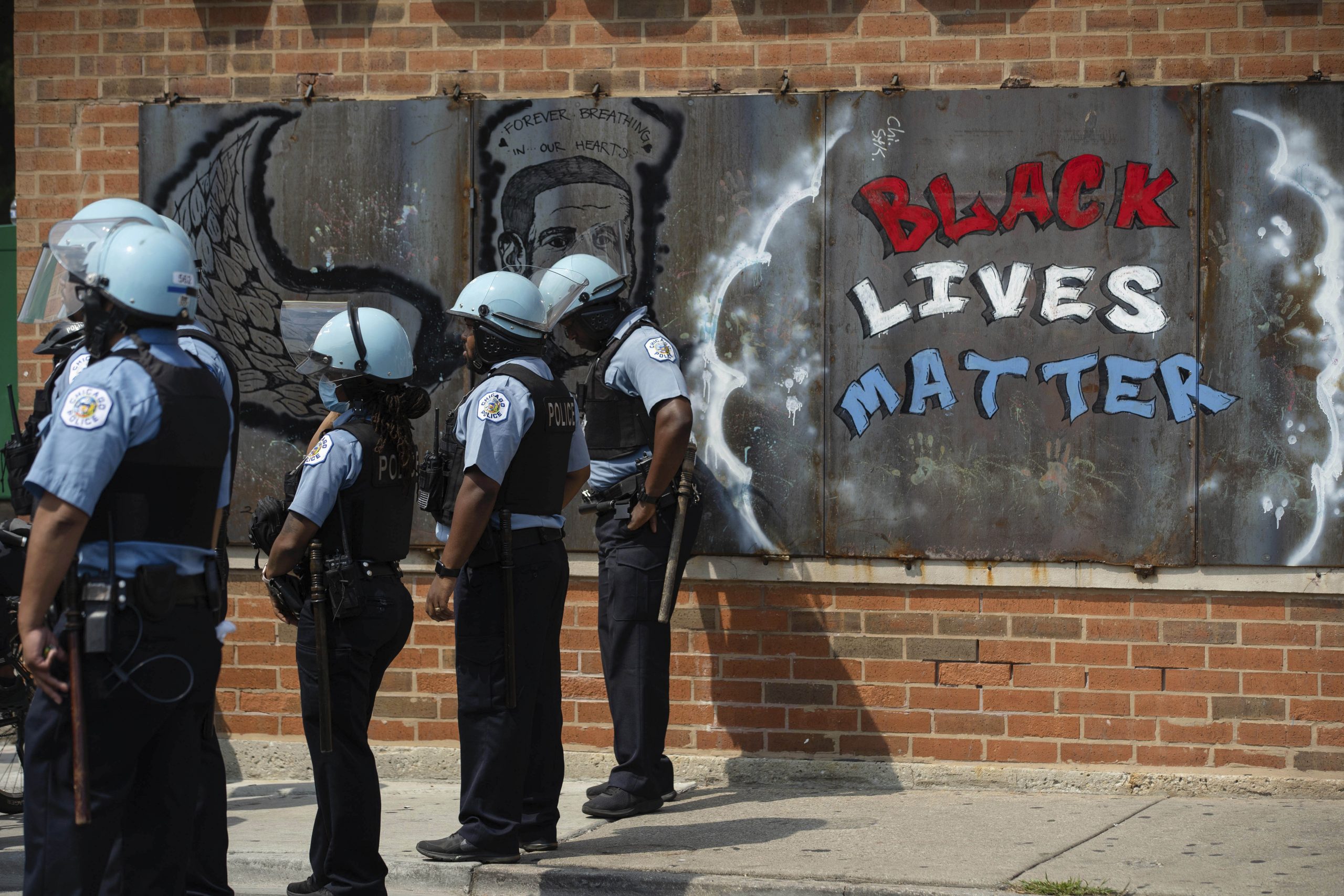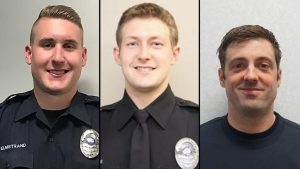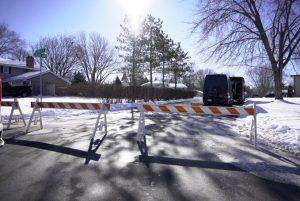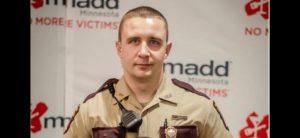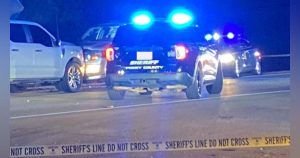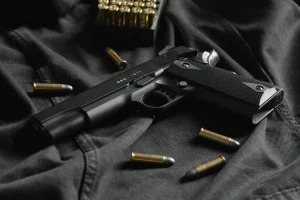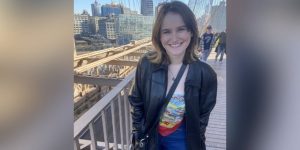On May 25,
2020, an unarmed black man was killed by a white police officer in south Minneapolis,
sparking unprecedented outrage against racial inequality and police brutality
across the world. George Floyd himself became the symbol of a global movement, the
Black Lives Matter campaign, which has been vociferously backed by the sports
fraternity, corporations, entertainment industry and others sections of society.
Also Read | How George Floyd’s murder sparked anti-racism protests worldwide
The incident
became the talking point in every discussion, dominating the political
discourse in an election year, as protesters clashed with cops after new police
killings sparked fresh demonstrations.
Now, with Derek Chauvin, the police officer convicted for his death, sentenced to 270 months or 22.5 years in prison, here’s a look back at the major events that have happened since.
May 25: George Floyd, a 46-year-old African-American
man, was killed in Minnesota on May 25 after being handcuffed, pinned on ground
by a police officer, Derek Chauvin, who was kneeling on
Floyd’s neck. Floyd was arrested after being accused of using a counterfeit $20 note at
a local deli. The police claimed that he had ‘physically restrained’ the arrest after he
was told to leave his car.
The police
officer kneeled on Floyd’s neck for nearly nine minutes, even though he gasped for
breath and repeatedly said, “I can’t breathe.” A video went viral on social media and
was broadcast by the media. In the video, Floyd was seen saying, “I can’t breathe,
officer don’t kill me.”
Even after
constant pleading from Floyd, Chauvin remained in the same position resulting
in him losing consciousness. Floyd’s unresponsive body was then taken to hospital
where he was pronounced dead.
May 26: Four policemen, who were involved in the arrest
of George Floyd, are
fired by the Minnesota police chief and called up for an FBI investigation.
Hundreds of
thousands of people start protesting against the death of black people and
racism in America. ‘I can’t breathe,’ the last words of George Floyd, became
slogans of the protests in
the subsequent days.
Also Read | The death of George Floyd and a year of turmoil in US
May 27: The protests had spread to other cities of the
US with demonstrations taking place in
Louisville, Brunswick and Los Angeles.
May 28: Minnesota Governor, Tim Walz, activates the
national guard as the city had started witnessing vandalism and fire break
outs. He said that investigating the death of George Floyd was a top priority.
He also said that the situation the city was no longer about the murder of
Floyd, rather, it was about attacking civil society, instilling fear and
disrupting the cities.
May 29: Derek Chauvin, 44, is arrested on charges of
third-degree murder and second-degree
manslaughter which carry a combined maximum 35-year sentence.
The court
document said that the defendant had his knee on Floyd’s neck for 8 minutes and 46
seconds in total, ‘two minutes and 53 seconds of this was after Mr. Floyd was non-responsive.’
May 29: US President Donald Trump tweets about the
ongoing protests, suggesting that the
military should use force to suppress the riots and also criticised Minnesota’s mayor. He
called the protestors ‘thugs’ saying, ‘when the looting starts, shooting
starts.’ Soon after his tweet, Twitter flagged his tweet for ‘glorifying
violence.’
The tension
among people escalated quickly, and more protests erupted across the country.
Demonstrators flooded the streets of Atlanta, near the Centennial Olympic Park,
smashing windows. Protestors clashed with police in Manhattan and Brooklyn, injuring
officers and demonstrators, arrests took place.
Protestors
gathered outside the White House in Washington, prompting the Secret Service to
lock down the building. The US President was taken to the underground bunker,
which in the past has been used during terrorist attacks.
Also Read | George Floyd’s mural in Houston vandalised with racial slur
May 30: The Minnesota mayor said that the protests
have turned into domestic violence
and imposed night curfew. Protestors, in huge numbers, started peaceful demonstrations
throughout the country. However, the US cities reported many arrests of protestors
as they clashed with police and some areas were looted. National Guard personnel
were deployed in more than two dozen states to assist the police.
May 31: A minimum of 345 people had been arrested in
New York City, including the mayor’s
daughter, and around 200 protestors were arrested in Minnesota. At least six people,
across US cities, were killed in the violence connected with the protests.
The
demonstrations crossed the borders of the country and four solidarity rallies
were held in New
Zealand, London, Berlin and Copenhagen.
June 1: Donald Trump ordered the deployment of
heavily armed soldiers and police to prevent
further protests in Washington, citing the ‘acts of domestic terror’ after buildings
and monuments were vandalised near the White House.
June
2: The Minnesota Department of Human Rights
launches a civil rights investigation into the Minneapolis Police Department.
June
9: George Floyd’s funeral service is held at the
Fountain of Praise Church in Houston, Texas.
July
21: Minnesota Legislature passes new guidelines as
part of police accountability measures. They include a ban on neck restraints,
chokeholds and what was called the warrior-style training of officers.
October
7: Chauvin posts his $1 million bond, securing his
release from state-prison, sparking further protests.
October
26: Two police officers in Philadelphia fatally shoot
Walter Wallace Jr, a 27-year-old black man armed with a knife.
December
22: A police officer fatally shoots 47-year-old
Andre Hill in Columbus, Ohio. This came after a Franklin County sheriff’s
deputby killed Casey Goodson, another black man. These killings sparked fresh
protests against police brutality.
January
12, 2021: Hennepin County Judge Peter Cahill says
Chauvin will be tried alone because of courtroom capacities, while the other
three officers will be tried in August.
February
3: A former
officer is arrested in the killing of Andre Hill, Ohio Attorney General Dave
Yost announces. The officer is charged with felony murder.
March 12: George Floyd’s
family settles a lawsuit against
Minneapolis for $27 million.
March 25: New York ends
qualified immunity for police officers, making it easier to take legal action against
them.
March 29: Opening
statements are made in Derek Chauvin’s murder trial.
April 11: A police officer
fatally shoots Daunte Wright, a black man, during a traffic stop in at the
Brooklyn Centre, Minneapolis, around 10 miles from where Chauvin’s trial is
underway. The incident sparks fresh protests against the police.
April 16: Chicago
officials release body camera footage of a 13-year-old boy being fatally shot
by a police officer in March, sparking further protests. Adam Toledo, who was
Latino, was among the youngest people to be shot by police in Illinois in
years.
April 20: Derek Chauvin is
found guilty of murdering George Floyd. He is found guilty of second-degree
murder, third-degree murder, and second-degree manslaughter.
June 25: Derek Chauvin is sentenced to 22.5 years in prison for George Floyd’s murder.

